Aero road helmets: can they make you faster?
The latest wind-cheating lids are a common sight in the pro peloton - but does the everyday rider need one?

Photo: Rupert Fowler

Until Mark Cavendish swept to victory in the 2011 World Championship road race wearing a skinsuit and adapted Specialized aero road helmet that had its vents covered with transparent plastic, aerodynamics had been something talked about in hushed tones by nerdy time triallists.
Several years on, aero road helmets have now been adopted by the peloton and trickled down to the masses - but do they make enough difference to be worth the investment and loss of breathability?
>>> Common sense rules for modern road riding
The argument against the need for aero helmets in road racing is that drafting behind another rider requires approximately 30 per cent less power than riding out in the wind, but what if you could increase that to 36 per cent by judicious application of knowledge gained in the wind tunnel?
That would allow a sprinter like Cavendish to arrive at the finale that crucial little bit fresher than his rivals, and of course the slipperier helmet and clothing would help him outdrag the other fastmen in the dash for the line.

How much time and power do aero road helmets save?
A properly-fitting time trial helmet compared to a standard road helmet is worth about a minute over 40km, according to Michael Hutchinson, multiple national time trial champion and author of Faster: The Obsession, Science and Luck Behind the World’s Fastest Cyclists. For slower riders the gains can be even bigger.
Get The Leadout Newsletter
The latest race content, interviews, features, reviews and expert buying guides, direct to your inbox!
“A fully-vented normal helmet is the least aerodynamic thing in the world you could put on your head,” says Hutchinson. “It’s about as aerodynamic as a sombrero. It’s designed to swirl air around your head, it’s designed to create turbulence. You’re better off without a helmet at all. And you’re certainly better off with a cloth cap.”

Aero road helmets such as the Giro Air Attack and the Specialized Evade — helmets for bunch racing that have appeared since Cavendish’s groundbreaking Worlds victory — offer a saving that is somewhere between a full time trial helmet and a vented road helmet. Giro claims the Air Attack is 17 seconds faster over 40km (ridden at around 50kph) than its 24-vent Aeon. Hutchinson, however, warns that this figure could vary depending on the shape of the individual rider and their riding position.
>>> Cycling training plans: get fitter, ride faster and go further
He points out that the aero helmets themselves even use different approaches: “The Giro Air Attack is very, very round and the Specialized Evade is much longer,” says Hutchinson. “And they probably work differently for different people.”

For riders looking to reduce their aerodynamic drag in individual time trials, Hutchinson says that for him a long-tailed aerodynamic helmet is faster than a short, stubby one such as the Kask Bambino, as used by Team Sky, providing the tail sits neatly on his back. In addition, it’s crucial to be able to hold that position.
A glance down at the computer or sprockets sends the tail up into the airflow and the advantage is gone. By contrast, short-tailed helmets such as the Bambino are more forgiving. They may not be as fast in a straight line at zero degrees of yaw, but they perform better in a wider variety of positions and wind angles.
>>> New aero helmets on show at the Tour Down Under
“If you can’t find a [time trial] helmet that sits neatly on your back, you’re probably better off with something like the Bambino,” says Hutchinson.
It’s precisely because there are so many variables that aerodynamics is so fiendishly complicated. Hutchinson has spent years testing headgear, only to conclude that: “In the end I don’t feel as if I know that much about it. Aero helmets make you faster, yes, and after that the answer to everything is: ‘I don’t know, I’d need to put you in a wind tunnel’.”
The cons of aero road helmets
Makers of aero road helmets generally achieve their wind cheating appeal by cutting down on the number of ventilation holes in the helmet. Sometimes there will be a couple of vents, purposefully placed to maximise their performance, but there will almost always be less than a standard lid.
The result is usually limited breathability, and sometimes a slightly heavier construction. The Giro Synthe is an example of a rare breed of aero helmet which is still able to offer good ventilation.
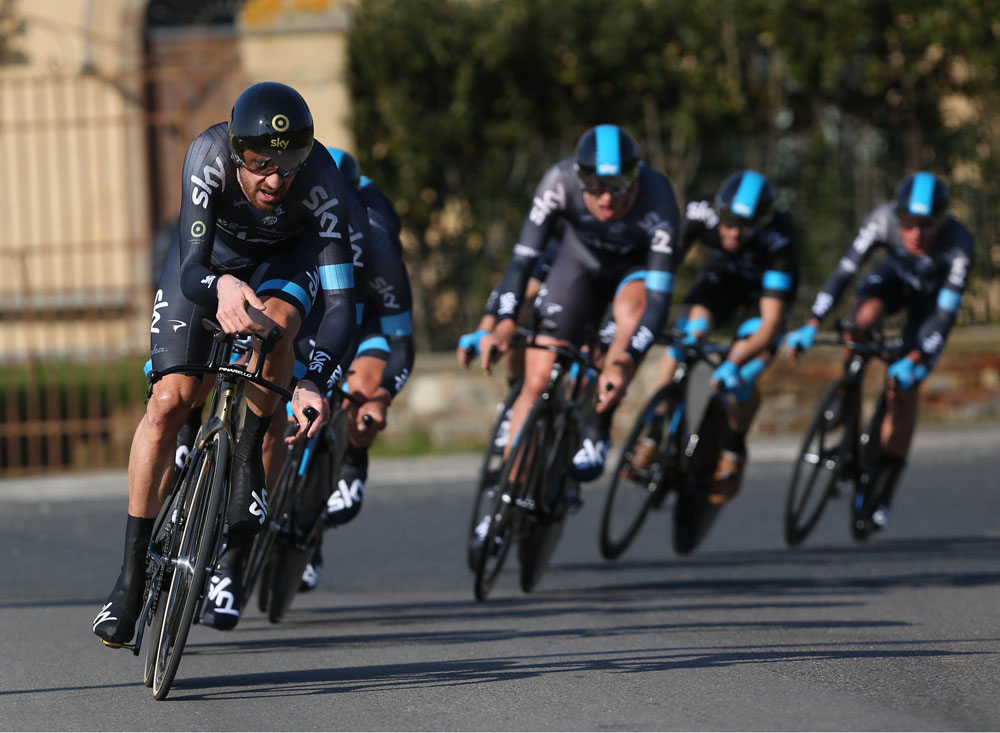
Aero road helmets: yes or no?
Our take
Clearly an aero helmet does make you faster by a measurable amount, but it’s not quite free speed because the reduced ventilation means you pay in heat build-up. Unless you live in a cold climate, we would probably not recommend an aero helmet for use as your sole, everyday lid. For the occasional Sunday suicide break, however, go for it.
Yes: Michael Hutchinson, author and time trial champion
“The difference [between a standard road helmet and an aero one] is not trivial. If you want to go faster, you will go faster with an aero helmet.
“I can’t understand why anybody who has any notion of getting involved in a long breakaway in a road race wouldn’t wear an aero road helmet. You might be out there for a couple of hours and over the course of a couple of hours you might well save a couple of minutes.”
No: Jon Sharples, TrainSharp coaching
“Let’s remember Greg LeMond won the Tour by the smallest margin in history. If Laurent Fignon had also worn an aero helmet and used tri-bars Tour history could have been very different.
What about the rest of us? I often say to our riders that spending money on a light/aero piece of equipment will give a few seconds once, but you will reap the benefits of investing in your own fitness over and over again.”
What's the best aero road helmet?
We've had the pleasure of testing a host of aero road helmets - here's what we thought of some of the top choices on the market..
Lazer Bullet aero road helmet
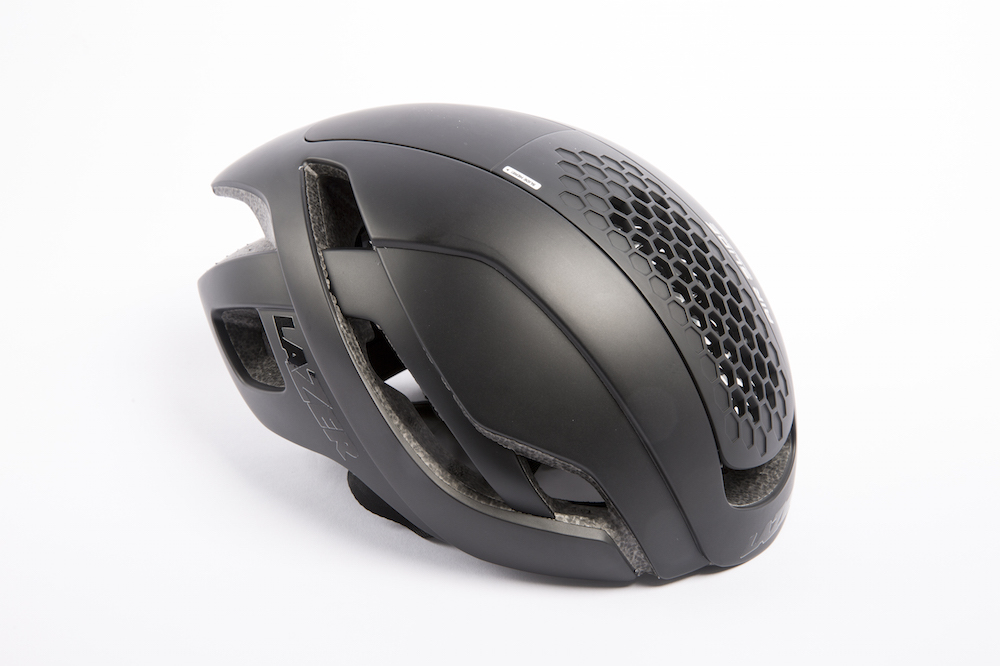
Price: £219
Score: 8/10
Read our full review of the Lazer Bullet aero road helmet
Making its debut at the Eurobike trade show of 2017, the Lazer Bullet aims to offer comfort and breathability as well as an aerodynamic advantage. A sliding vent allows you to close it when you want the extra speed, but you can lift it up when you need a little more air.
Bontrager Ballista aero road helmet
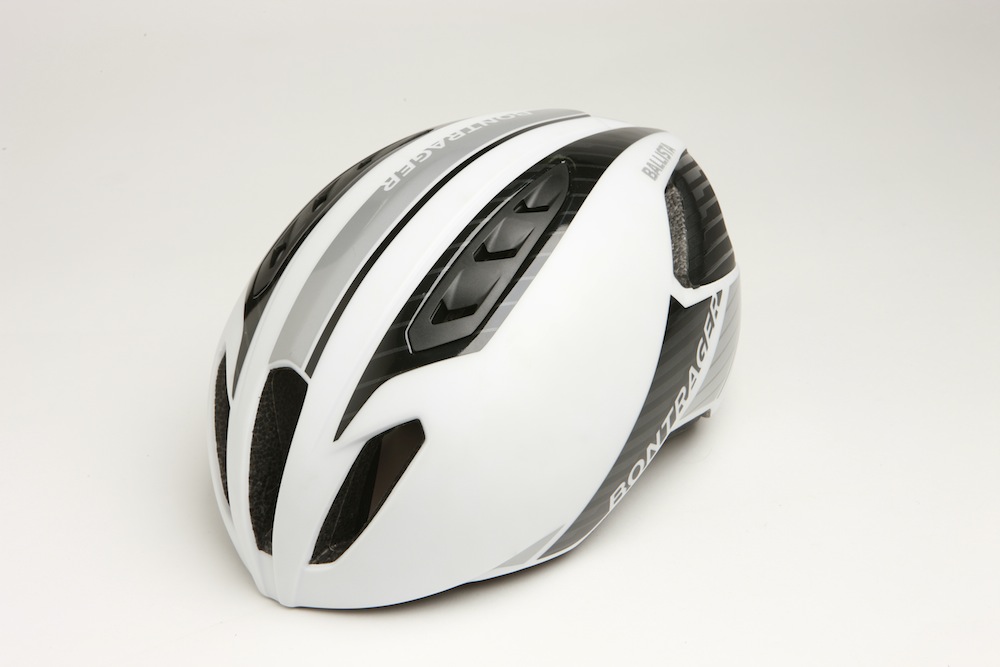
Price: £129.99
Score: 9/10
Read our full review of the Bontrager Ballista helmet
Worn by Jens Voigt during his successful tilt at the Hour Record, the Bontrager Ballista has plenty of pro support behind it. We found it fast (our tester put it to the ultimate trial with a long breakaway during a road race..) - our only gripe was the lack of sunglasses inserts.
Giro Synthe helmet
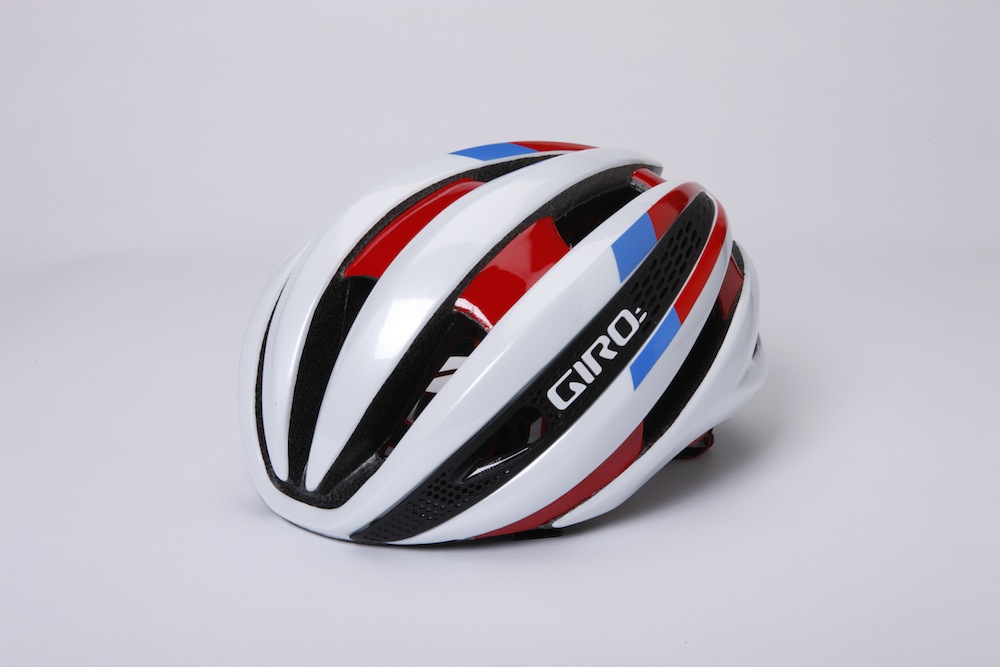
Price: £194.99
Score: 9/10
Read our full review of the Giro Synthe Aero road helmet
A pretty pricey lid - but the Synthe does what few can - offering tried and tested aerodynamics as well as a high level of breathability thanks to lots of vents.
The Giro Air Attack is another option - but overall we do prefer the additional venting on offer from the Synthe.
Specialized Evade Helmet
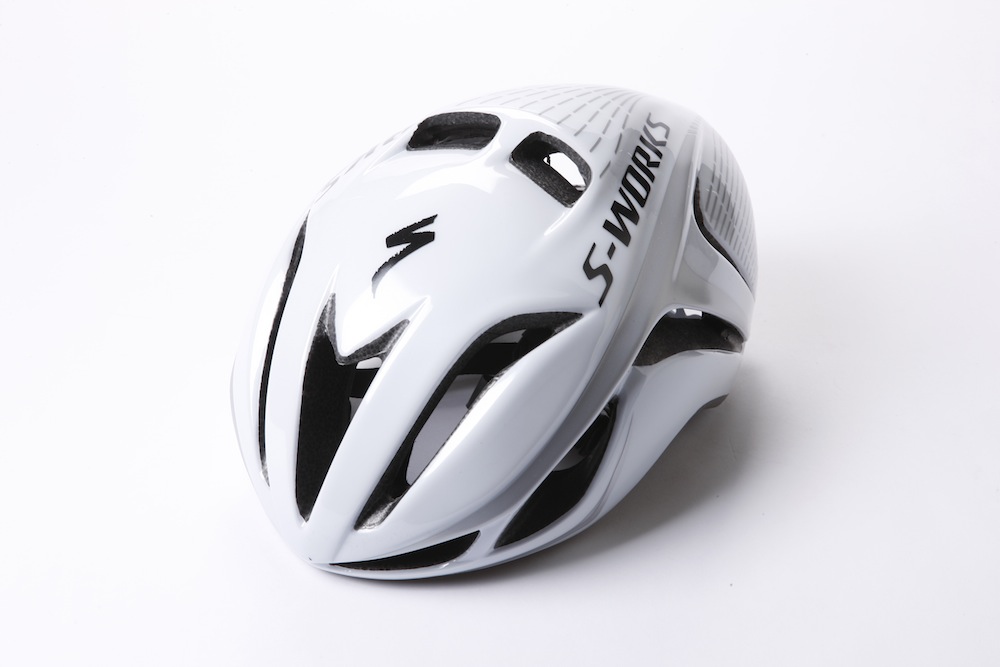
Price: £160
Score: 9/10
See our review of the Specialized Evade aero road helmet
As described above, the Evade has a longer shape when compared with an Giro Air Attack or Giro Synthe. But we tested it on long climbs and found the ventilation did the job whilst the shape carries with it plenty of aero kudos.

Thank you for reading 20 articles this month* Join now for unlimited access
Enjoy your first month for just £1 / $1 / €1
*Read 5 free articles per month without a subscription

Join now for unlimited access
Try first month for just £1 / $1 / €1
Michelle Arthurs-Brennan the Editor of Cycling Weekly website. An NCTJ qualified traditional journalist by trade, Michelle began her career working for local newspapers. She's worked within the cycling industry since 2012, and joined the Cycling Weekly team in 2017, having previously been Editor at Total Women's Cycling. Prior to welcoming her first daughter in 2022, Michelle raced on the road, track, and in time trials, and still rides as much as she can - albeit a fair proportion indoors, for now.
Michelle is on maternity leave from April 2025 until spring 2026.
-
 'I'll take a top 10, that's alright in the end' - Fred Wright finishes best of British at Paris-Roubaix
'I'll take a top 10, that's alright in the end' - Fred Wright finishes best of British at Paris-RoubaixBahrain-Victorious rider came back from a mechanical on the Arenberg to place ninth
By Adam Becket Published
-
 'This is the furthest ride I've actually ever done' - Matthew Brennan lights up Paris-Roubaix at 19 years old
'This is the furthest ride I've actually ever done' - Matthew Brennan lights up Paris-Roubaix at 19 years oldThe day's youngest rider reflects on 'killer' Monument debut
By Tom Davidson Published
-
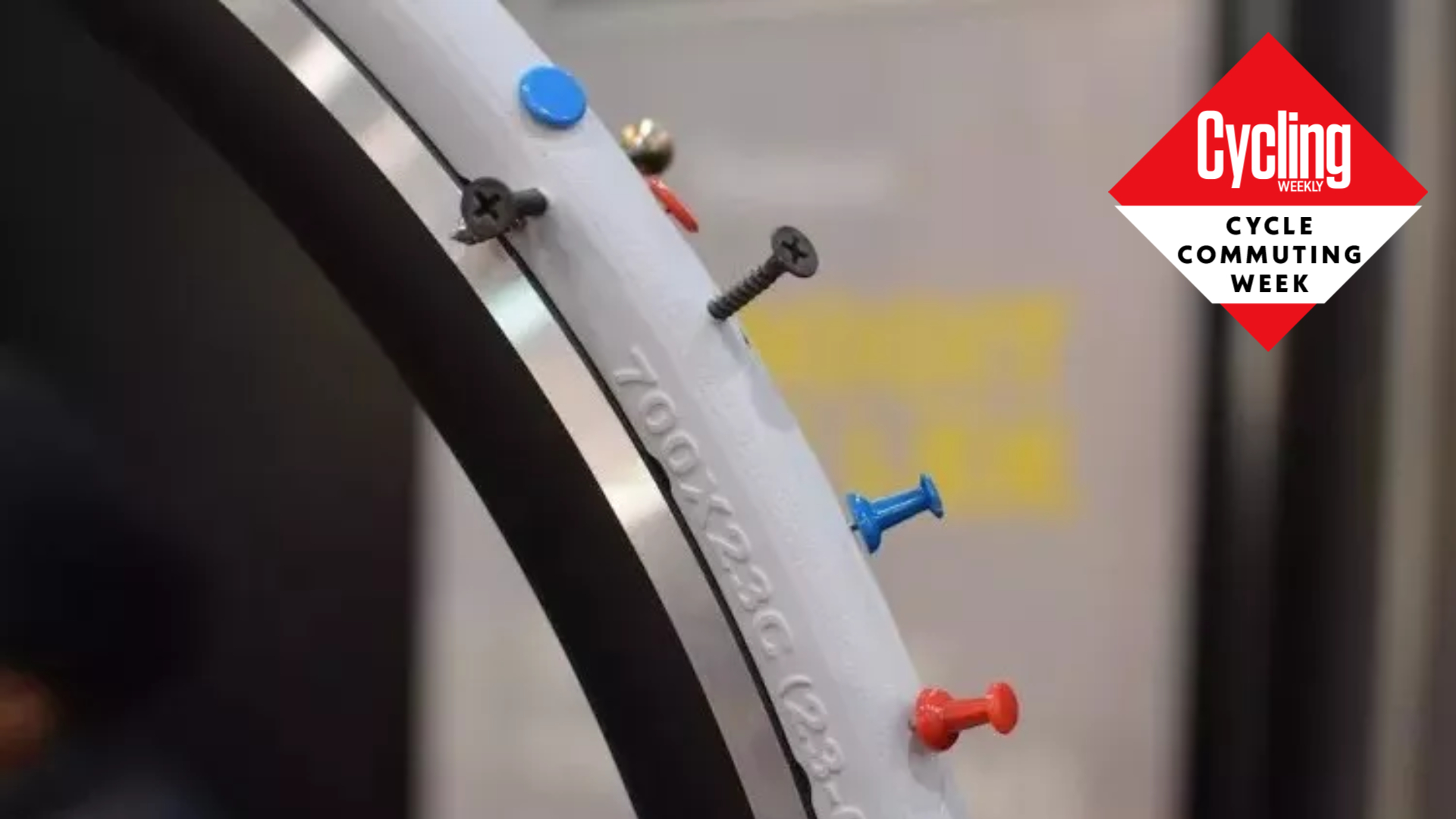 Are airless bike tires the answer for reliable commuting?
Are airless bike tires the answer for reliable commuting?With no risk of punctures to stop you, will airless bike tires make your cycling commute more dependable?
By Paul Norman Published
-
 Should you cycle with earphones in?
Should you cycle with earphones in?Listening to music while riding is controversial but the evidence regarding safety cuts both ways and a favourite tune can boost performance
By Cycling Weekly Published
-
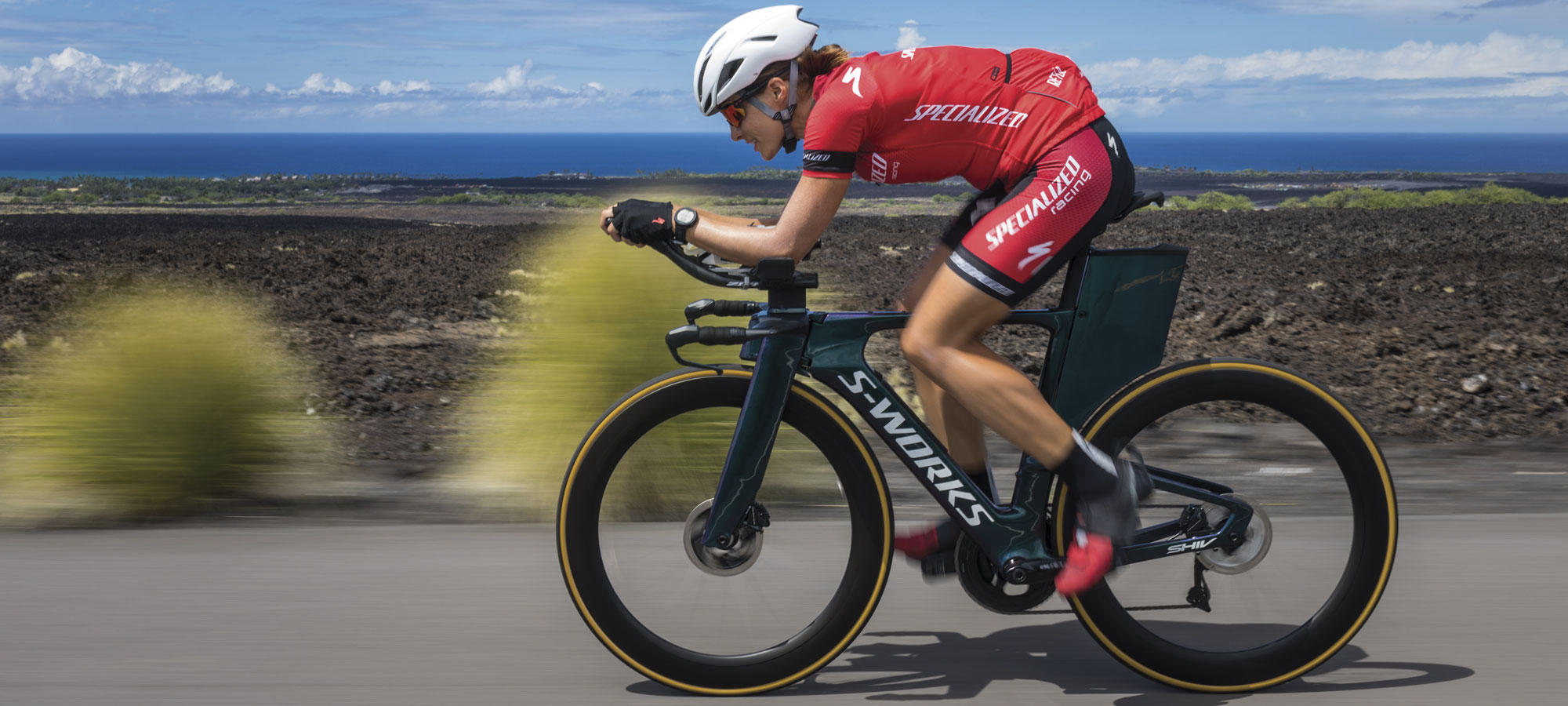 Should the UCI relax its bike rules?
Should the UCI relax its bike rules?Simon Smythe reflects on the regulatory inertia that some say is stifling innovation in bike design
By Simon Smythe Published
-
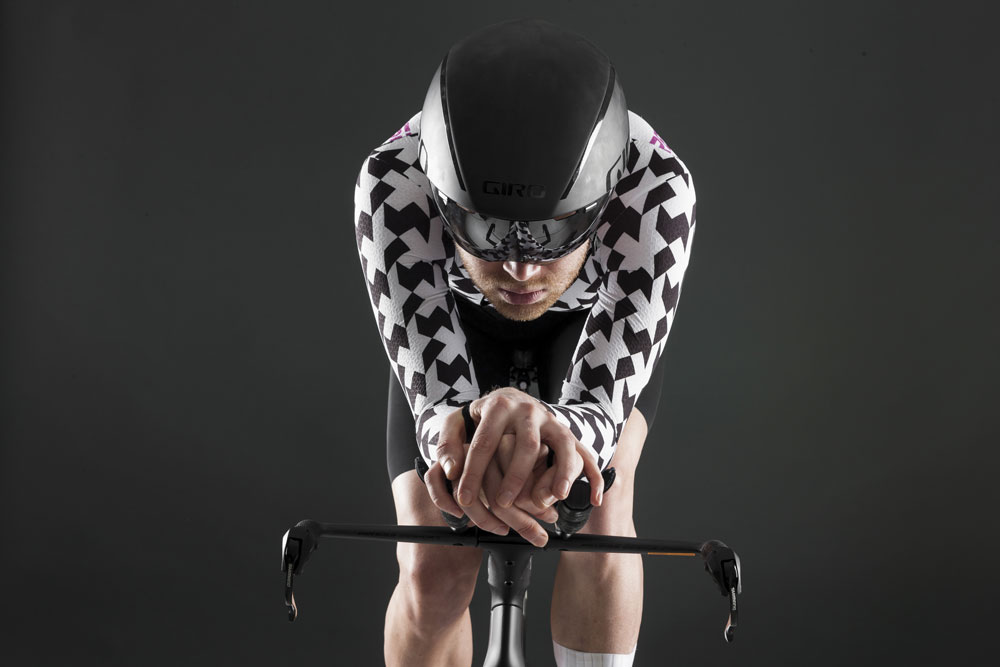 Hands together or hands apart: what’s faster?
Hands together or hands apart: what’s faster?Optimising aerodynamics is a trade-off between perfection and real-world versatility
By Simon Smythe Published
-
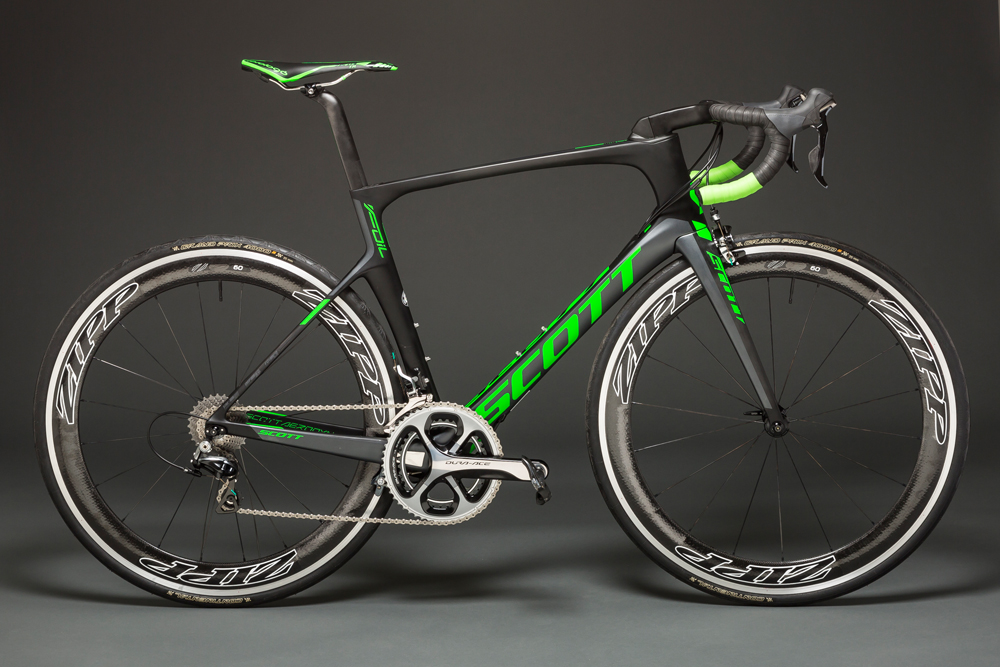 At what point does aero become more significant than weight?
At what point does aero become more significant than weight?We find out which buying consideration is of most relevance to the everyday cyclist
By Oliver Bridgewood Published
-
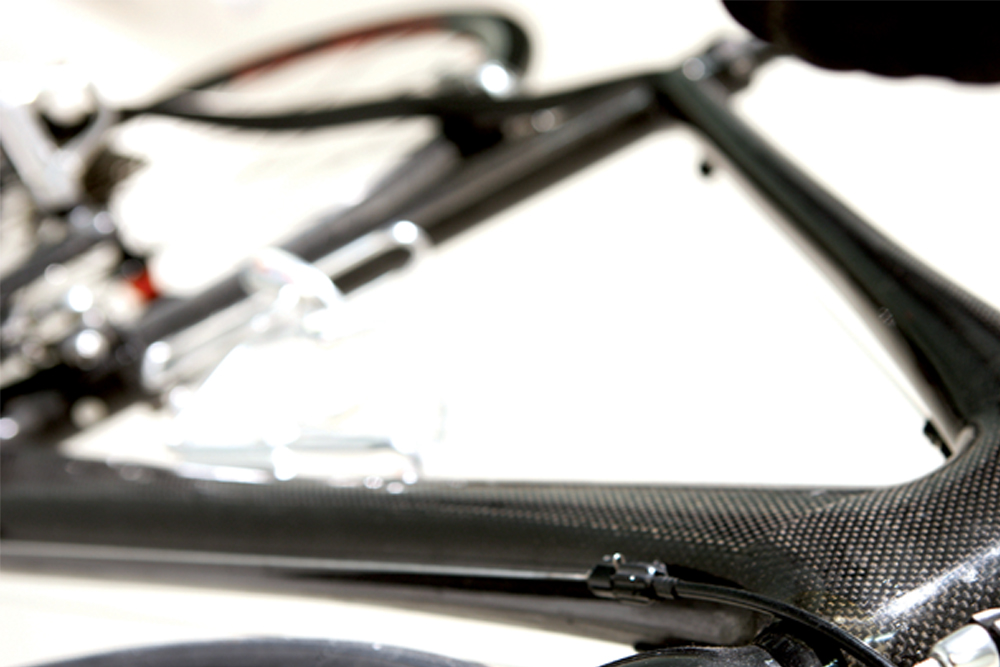 Do carbon frames have a shelf life?
Do carbon frames have a shelf life?Should you be worried about your carbon frame wearing out?
By Paul Norman Published
-
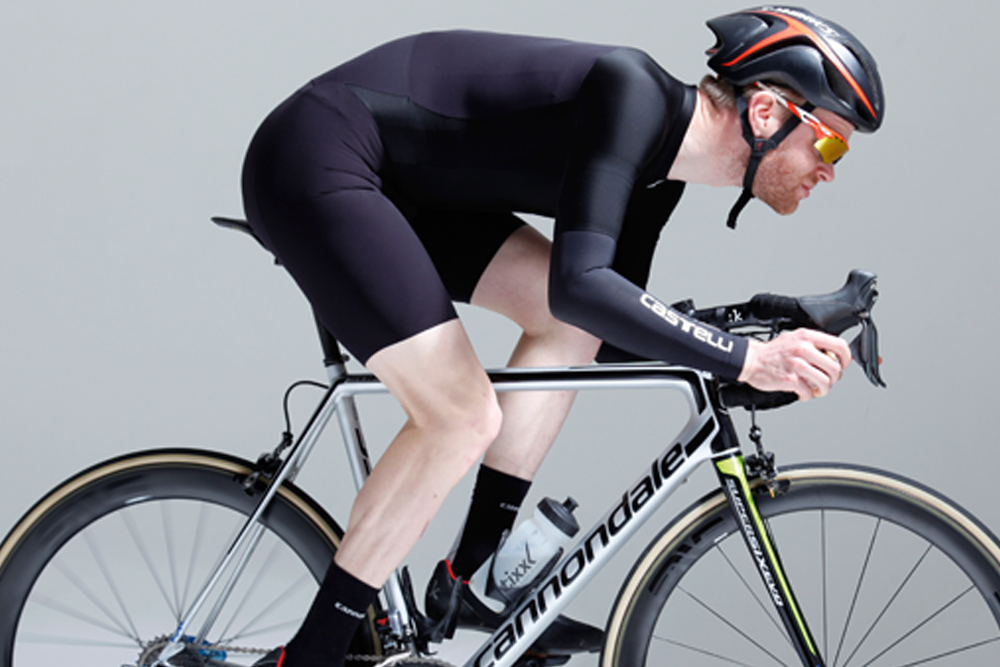 Do you need an aerosuit for road riding?
Do you need an aerosuit for road riding?Should we all be wearing the tightest of tight cycle clothing, an aerosuit?
By James Bracey Published
-
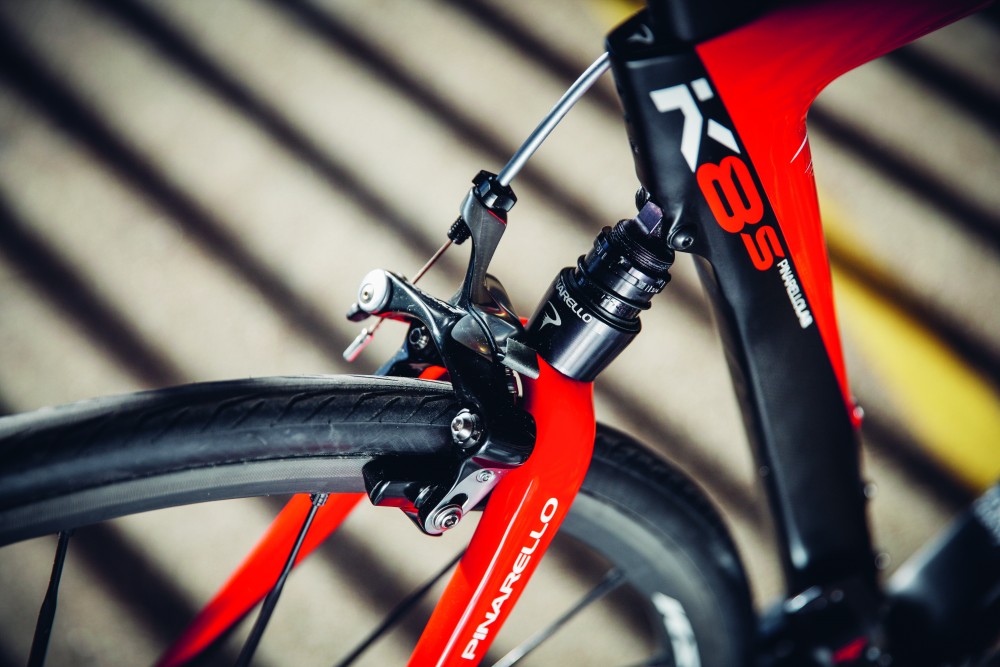 Is road bike suspension just a gimmick?
Is road bike suspension just a gimmick?We investigate suspension in road frames and ask is it worth the investment?
By James Bracey Published